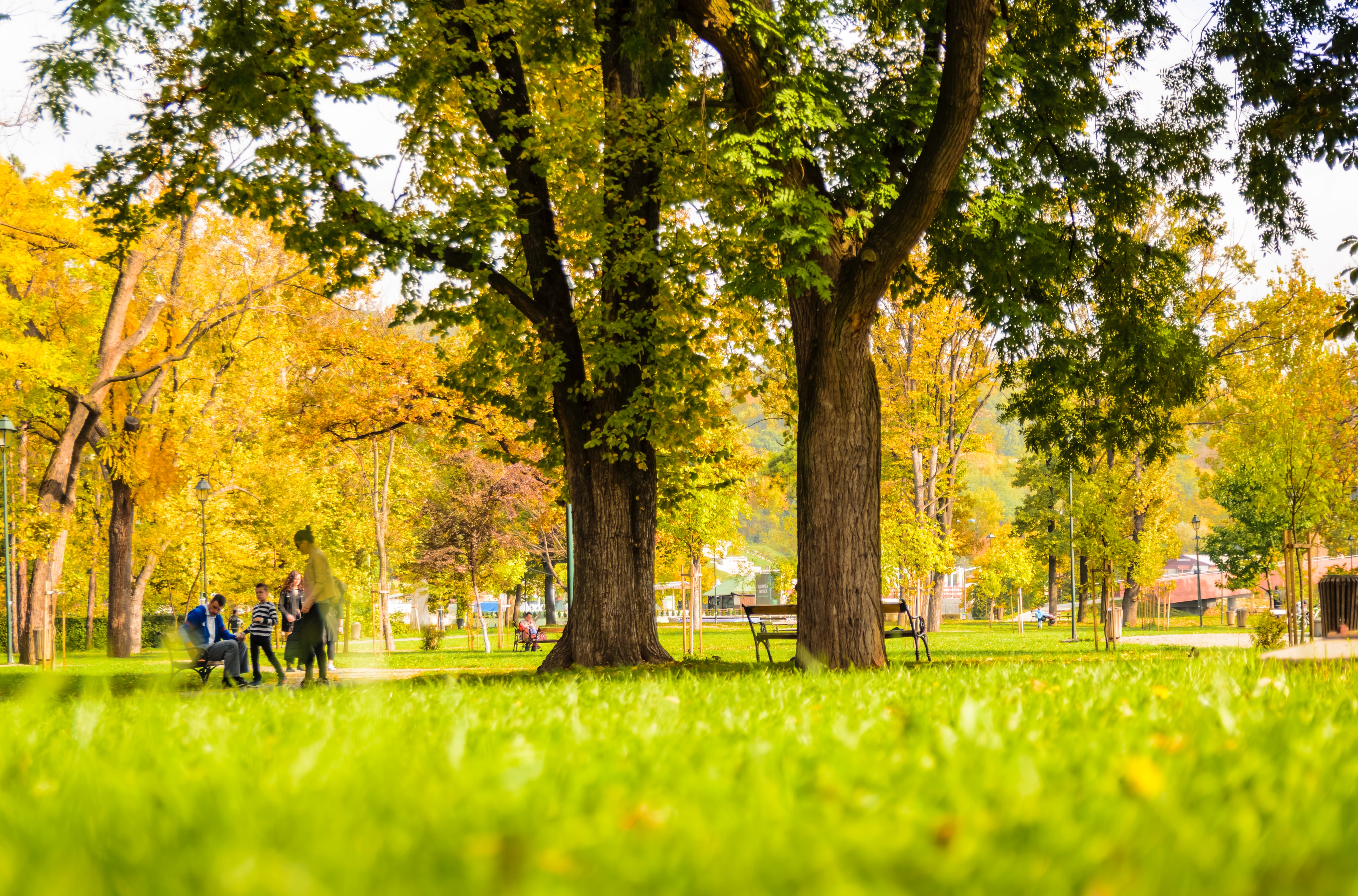
New residents need parks within a short walk, not on the other side of town.
That’s the perspective that the Coronation Park Residents Association (CPRA) has shared with town councillors in advance of a September meeting to establish key policies that will guide parkland acquisition.
The association, whose members live near the popular 9.6-hectare lakefront Coronation Park, says green space delivers “innumerable benefits” to residents.
For that reason, it is arguing that the thousands of new Oakvillians who will soon arrive to fill high-rise towers in Midtown, Bronte and Palermo deserve parks that are green, public and adequately sized.
In a six-page letter recently submitted to the town, CPRA urges councillors to commit to buying parkland within Oakville’s strategic growth areas, where dense urban development is planned.
“Beyond recreational space for physical and mental benefits, urban parkland provides crucial relief to stormwater systems, improves local air quality, captures carbon and lessens the urban heat-dome effect,” says the association.
“Access to these spaces must be publicly available and within easy walking distance. Families need parks, and they need them nearby.”
The town is proposing to purchase enough land to maintain the current ratio of 2.2 hectares of parkland per 1,000 Oakville residents.
Parkland fees, suggested at more than $22,000 per new unit, will help finance those purchases.
But the land may be kilometres away from the doorsteps of the new residents who will pay for it.
Mayor Rob Burton has floated the idea of buying about 850 hectares of already protected land north of Highway 407, in the northeast corner of town.
That isn’t what the roughly 40,000 new residents set to move into the Midtown area near the Oakville GO station need, says CPRA.
“Residents living in high-density urban areas do not have the ability to step out their door into a garden or back yard for exercise, fresh air or the simple human need for stress relief and relaxation,” says the group’s submission.
“They need green space at an appropriate distance of appropriate size to give them the liveability they deserve.”
Green space and parks should be available within a three-to-five-minute walk, says CPRA.
The association acknowledges that it would be impossible to provide the 88 hectares of land that the town’s ratio would require within the dense Midtown area. But, the group argues that the proposed range of three to five hectares is “an incongruous disparity.”
Families need parks and they need them nearby.
Councillors are also urged to ensure parkland is green – not concrete “connections, promenades or slivers” that the town suggests could count toward the required parkland.
“Slivers and similar areas are nothing more than walkways, sometimes covered concrete connections between buildings, small planted areas beside sidewalks, or enhancements to retail storefronts,” says the submission. “These aren’t parks. They are predominantly areas of impervious surfaces.”
Finally, CPRA is urging the town to resist efforts by developers to gain parkland credit for green space provided above underground features like parking garages or stormwater management tanks and for privately owned but publicly accessible areas.
Developers push back on parkland plans.
It suggests the town consider:
- Partnering with school boards and other institutions to expand publicly owned open space.
- Using rail and hydro corridors to create “ribbons of green space” for biking, walking or park bench areas.
- Making strategic land purchases within the growth areas using some of the more than $40 million collected from developers as cash-in-lieu of parkland payments in 2020 and 2021.
Town councillors will consider a Parks Plan and parkland dedication bylaw at their Sept. 6 Planning and Development meeting.
Public comments on the plan can be provided via the online feedback form here.